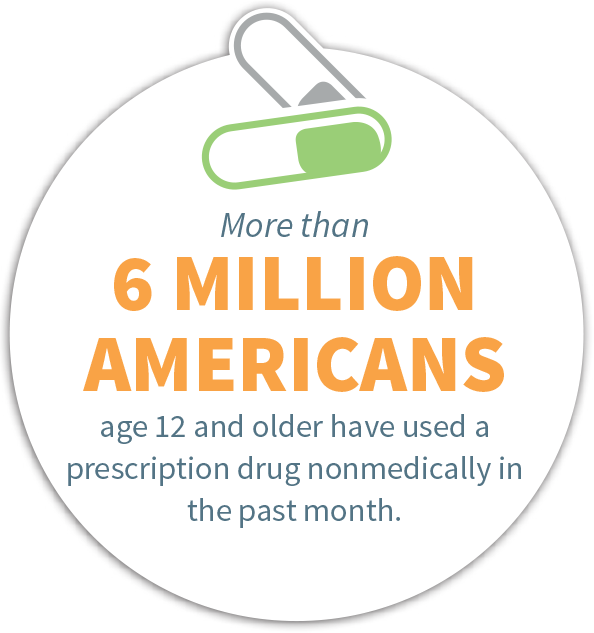
Educational Programs
Access tools and presentations to help advocate safe prescription drug practices for the following groups.
Prescription medicines play a critical role in healthcare. Advances in drug discovery and development help us all live longer and healthier lives. Many once-fatal diseases are now being prevented, cured or converted to chronic conditions, and we are often able to alleviate pain or other debilitating symptoms with these effective and powerful pharmaceuticals. But any medication can also cause harm, and the misuse of prescription drugs has become a serious public health epidemic.
Drug Take Backs are a great way remove unused medications from your community. Download these free resources created by Cardinal Health to help make your event a success!
The scope of the prescription drug misuse epidemic
According to data from the Substance Abuse and Mental Health Services Administration’s National Survey on Drug Use and Health, between 6 and 7 million Americans, age 12 and older, have misused a prescription painkiller (e.g., OxyContin, Percocet, Vicodin), sedative (e.g., Valium, Xanax) or stimulant (e.g., Ritalin, Adderall) in the past month1. Approximately 5,500 people do so for the first time every day.
Regardless of intention, we define prescription drug misuse as engaging in three key behaviors:
- Taking more of a prescription medication than that prescribed.
- Taking a prescription medication for a reason different than that prescribed.
- Sharing or taking someone else’s prescription medication.
What caused this epidemic?
We believe there is a “perfect storm” for the misuse of medications that is fueled by:
- The normalization of medication use in our society. There are more than 4 billion prescriptions filled every year in the United States, and nearly half of the U.S. population has taken at least one prescription drug in the past month2. The United States is one of only two developed nations which permit direct-to-consumer advertisements for prescription drugs. Our society expects quick fixes and frequently turns to medications to solve our problems.
- There is relatively easy access to medications. For example, although the U.S. comprises less than 5% of the world’s population, Americans consume 80% of the world’s supply of prescription painkillers3. Further, about two-thirds of those misusing these drugs report that they obtained the medications from family members or friends (most often for free).
- Many of us have misperceptions of safety and legality when misusing prescription medications. Some people incorrectly believe that prescription medications cannot cause addiction, that they are safer to misuse than illicit “street” drugs, and that it is legal to use medications that have not been prescribed for us.

What are the consequences of misusing prescription drugs?
When we misuse medications, there can be serious physical, social, and legal consequences. The most commonly misused medications are called “controlled substances,” because they pose a high-risk for misuse or dependency. It is a felony to possess these medications without a prescription. The misuse of any prescription drug can be harmful. In fact, drug overdose is now the leading cause of accidental death in the U.S.4, and patient visits to emergency departments for problems associated with the misuse of medications exceed those for using illicit “street” drugs5. These medications require a prescription because the expertise of a healthcare provider is necessary for your safety. By misusing prescription drugs, a person puts themselves at risk for experiencing serious negative consequences.
References:
1Substance Abuse and Mental Health Services Administration, Results from the 2013 National Survey on Drug Use and Health: Summary of National Findings, NSDUH Series H-48, HHS Publication No. (SMA) 14-4863. Rockville, MD: Substance Abuse and Mental Health Services Administration, 2014.
2National Center for Health Statistics. Health, United States, 2013: With Special Feature on Prescription Drugs. Hyattsville, MD. 2014.
3Manchikanti L, Singh A. Therapeutic opioids: a ten-year perspective on the complexities and complications of the escalating use, abuse, and nonmedical use of opioids. Pain Physician. 2008 Mar;11(2 Suppl):S63-88.
4Centers for Disease Control and Prevention, National Center for Injury Prevention and Control
5Substance Abuse and Mental Health Services Administration, Center for Behavioral Health Statistics and Quality. (February 22, 2013). The DAWN Report: Highlights of the 2011 Drug Abuse Warning Network (DAWN) Findings on Drug-Related Emergency Department Visits. Rockville, MD.



